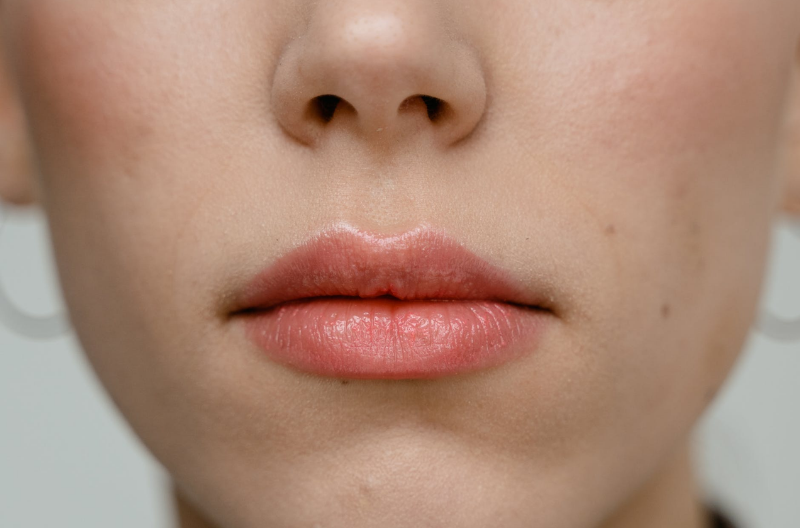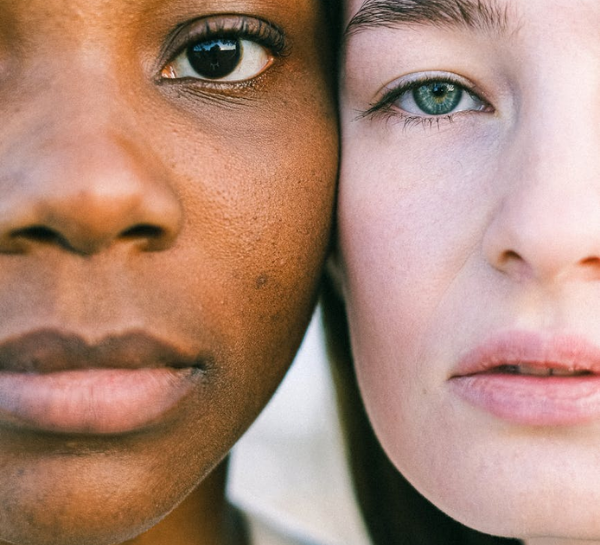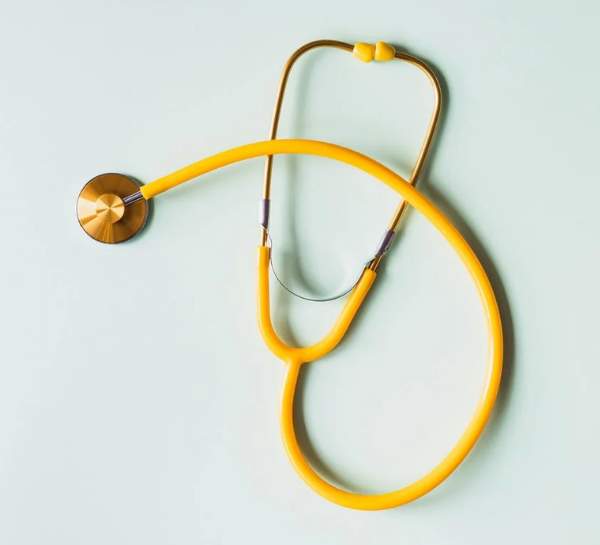
It might be tough to overlook sudden changes on your lips, whether you’re looking into a mirror after waking up or applying your favorite lipstick. If you have a bump on your lip, you may be wondering what it is and how it got there. Lip bumps may be unpleasant or irritating at times, but they are usually harmless and go away independently. Moreover, small bumps on lips may come in different sizes, colors, and forms. In this guide, we address the many causes of lip bumps to assist you in evaluating whether the area is a cause for worry and, if so, how to manage the spot.
Cause of Small Bumps on Lips
Bumps on the lips may be caused by a variety of factors, including:
- Fordyce Spots
Fordyce spots are little white or yellowish patches on or around the lips. They are not infectious and are not painful. These spots are swollen oil glands that occur naturally on the lips, cheeks, and genitals and usually diminish over time.
- Allergic Reactions
Certain cosmetics, such as lipstick, might trigger an allergic response. An allergic reaction to a particular chemical, known as an allergen, may result in lip irritation accompanied by a bump. Certain foods, pet hair, and some lipsticks products, like those with titanium and other toxic materials, are allergens that may cause a response on the lips.
- Milia
Milia are tiny white skin cysts. They are often observed in infants and tend to form on the face, typically on the chin, nose, or cheeks, but occasionally on the lip edge. Milia are caused by dead skin cells being stuck in tiny pockets on the skin’s surface. They are harmless, painless, and do not need medical treatment; they usually go away on their own after a month or two.
- Mucoceles
Mucoceles, also known as mucus retention cysts, are fluid-filled swellings that grow on the gums, lower lip, or the lining of the mouth. Mucoceles are often caused by an injury, such as unintentionally biting one’s lip or by an obstruction of the salivary gland that is accountable for emptying saliva into the mouth.
- Oral Thrush
Oral thrush, also known as oral candidiasis, is an infection caused by Candida albicans. This yeast is typically found in the mouth, but it may create issues if it develops excessively.

Are Fordyce Spots an STD?
Fordyce spots might be unsettling at first look. Your initial thought may be that you have an STD, but do not panic! However, since these conditions aren’t transferred sexually, Fordyce spots are neither contagious nor hazardous.
The symptoms of Fox-Fordyce disease may appear suddenly usually following conditions of heat, humidity or friction. The disease is characterized by an eruption of multiple, small, raised bumps on the skin near the apocrine glands.
Fox Fordyce Disease
How Can You Get Rid of Little Bumps on Your Lips?
The cause determines the treatment for bumps on lips. Infections may be treated using medication prescribed by doctors. Antifungal and antiviral drugs, as well as antibiotics, are among them. Moreover, follow the doctor’s instructions for managing the bumps and avoid disturbing the afflicted region. Here are some ideas you may try at home:
- It would help if you did not neglect proper oral hygiene routines when you have lip bumps. Brushing your teeth three times a day is part of this. If an infection causes bumps on your lips, change your toothbrush after the disease has cured.
- Washing and spitting with a lukewarm salt water mixture may help reduce inflammation and discomfort.
- Avoid irritating or scratching the skin on your lips. This may impact your recovery period and make you more susceptible to infection.
Lips bumps can vary in size, appearance, and associated symptoms. Treatment depends on the cause, but a person can often use over-the-counter (OTC) medications and home remedies. More serious causes of lip bumps may require medical treatment.
What can cause a bump on the lip?
Treatments for Fordyce Spots

Fordyce spots are unlikely to disappear on their own, so if their existence bothers you, you have choices. Consider the following treatments if you have this kind of condition.
- Micro-Punch Surgery
This is a treatment in which the doctor uses a pen-like instrument to strike the skin in Fordyce spot-affected regions swiftly. Because the operation might be uncomfortable, anesthesia is frequently used. Micro-punch surgery is a successful procedure for Fordyce spot excision after providing positive clinical studies on males.
- CO2 Laser Resurfacing
CO2 laser skin resurfacing is a popular treatment for acne, scars, and stretch marks; it employs a carbon dioxide laser to peel the thin exterior layers of skin, exposing the soft skin behind it. Inflammation, UV sensitivity, and redness are all possible adverse effects. Healing time following the operation is generally a few weeks.
- Isotretinoin
Isotretinoin, a kind of retinoid derived from vitamin A, is often used to treat skin conditions. Its significant anti-inflammatory properties may also make it beneficial against scarring and other skin problems, such as Fordyce spots. Isotretinoin is often taken orally; however, there is a danger of adverse effects if used for an extended time or in inappropriate conditions.
Comment below to share your thoughts and don’t miss our blog on self-love.
